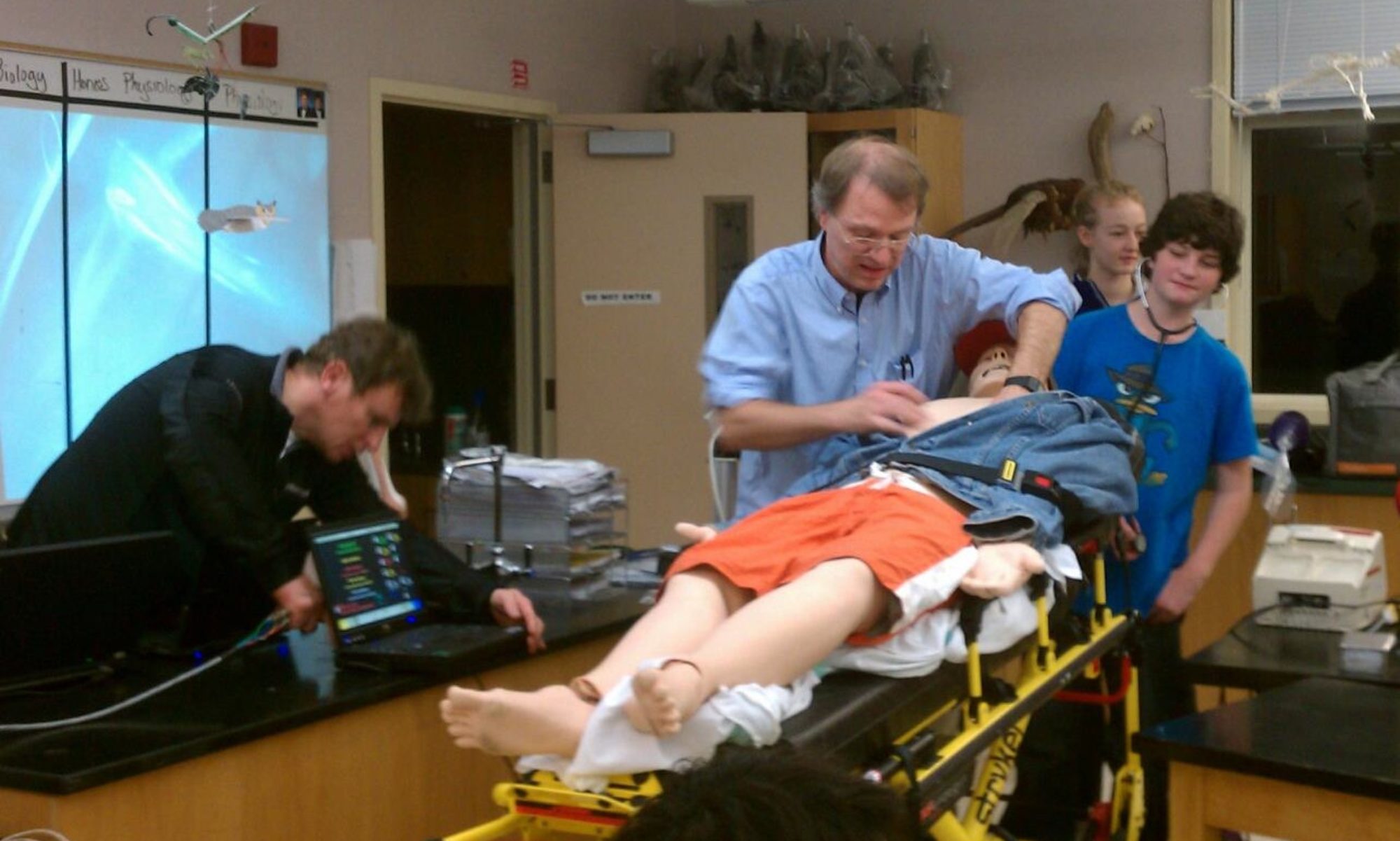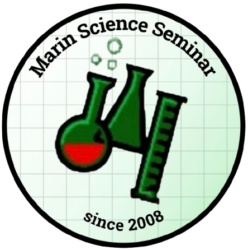By Zack Griggy, San Marin HS
 Cancer is a widespread problem. The American Cancer Society estimates that this year over 1.6 million Americans will be diagnosed with cancer and another half a million are expected to die from it. Dr. Maggie Louie is an experienced researcher in the fields of cancer. Currently, she runs an active cancer research center that studies breast cancer.
Cancer is a widespread problem. The American Cancer Society estimates that this year over 1.6 million Americans will be diagnosed with cancer and another half a million are expected to die from it. Dr. Maggie Louie is an experienced researcher in the fields of cancer. Currently, she runs an active cancer research center that studies breast cancer.
To find out more about Dr. Louie’s work and her research, we conducted an interview:
1. How did you first become interested in studying cancer?
I did a medical internship the summer of my junior year in high school and I got to shadow two surgeons. One of the surgeries that I observed was a 40-year cancer patient undergo double mastectomy. At the age of 16, just thinking about how breast cancer can take away an organ that partly defines someone’s women-hood had a significant effect on me. At that moment, I became quite interested in cancer.
2. What studies have you conducted in the past? How have they led you to where you are today?
My lab has conducted many studies. One of the studies that we did was to study how exposure to chronic low-levels of cadmium impacts on progression of the disease. Our results show that even at low levels, cadmium promotes more aggressive cancer characteristics and alters the gene expression patterns of the cancer cells.
3. How is tamoxifen used to treat breast cancer? How does a tumor develop resistance to it?
Tamoxifen is an estrogen receptor antagonist and blocks estrogen from activating the receptor and promoting breast cancer growth.
4. How do metals such as cadmium activate estrogen receptors? How might these metals influence the development of a tumor?
Cadmium is a metalloestrogen and is known to bind and activate the estrogen receptor. It has also been shown to promote breast cancer growth. While we know that heavy metals like cadmium promote cancer growth, scientists are still working to understand how it works.
5. What are the best parts of your job? What are the worst?
The best parts of my job are working with students and using research to inspire them to be interested in science. The less attractive side of my job is that research is very repetitive and redundant, and sometimes you don’t see an impact for many years.
6. And finally, do you have any advice for students who aspire to study cancer?
Students should definitely consider studying cancer as this disease will touch everyone in some way, directly or indirectly, and they will be making a difference.












